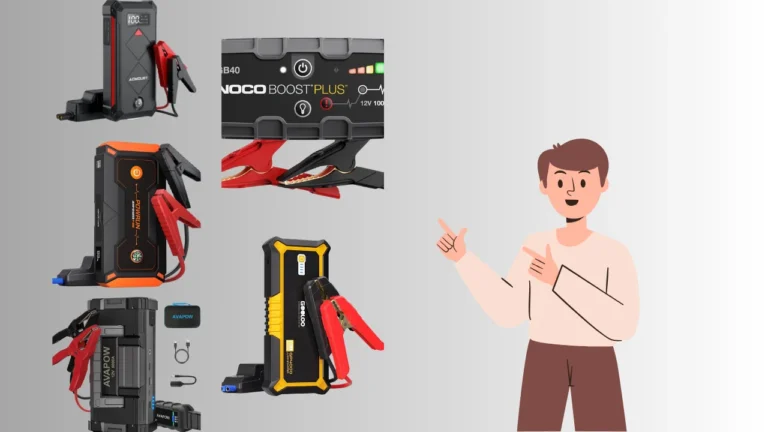Diesel trucks, known for their power and durability, often come equipped with two batteries due to their high energy requirements. Unlike gasoline-powered vehicles, diesel engines require more cranking power, which is why they need dual batteries to start effectively. If you ever find yourself with a dead diesel truck, knowing how to jump-start it safely is essential. So, how to jump start a diesel truck with 2 batteries?
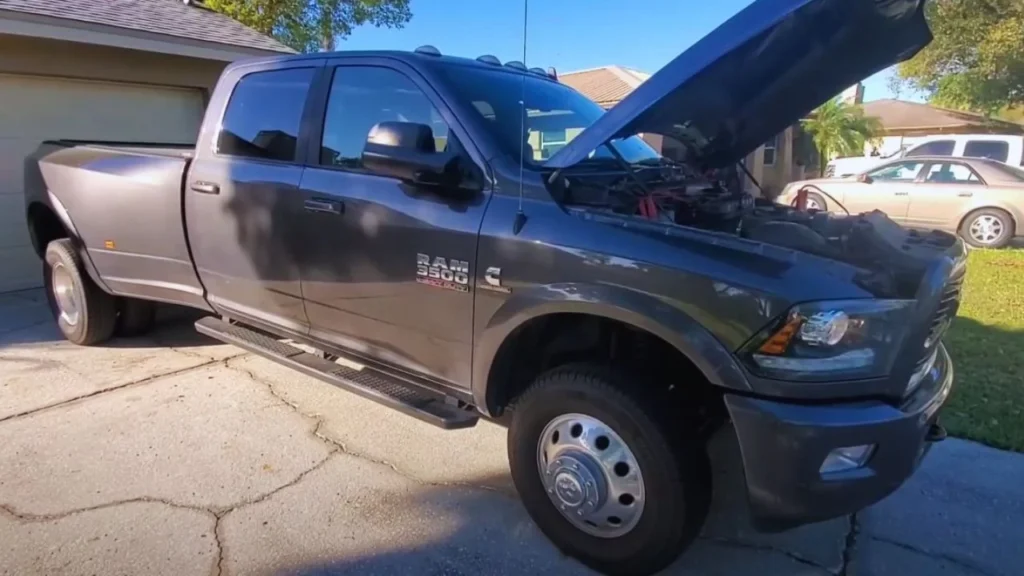
Here’s a detailed guide to help you jump-start a diesel truck with two batteries. Learn how to safely jump-start a box truck with this guide on jump-starting a box truck, covering essential tools and step-by-step instructions.
Why Do Diesel Trucks Have Two Batteries?
Diesel engines require much more power to start than gasoline engines due to their high compression ratios. As a result, these trucks are equipped with two batteries to provide the necessary amperage. These batteries work together to produce the cranking power required to start the truck’s engine efficiently.
Here’s a quick guide on How to Jump Start a Diesel Truck with 2 Batteries for you:
This simple guide will help you jump-start your diesel truck in no time!
What You’ll Need
To jump-start a diesel truck with two batteries, you’ll need:
- Jumper cables – Make sure they are heavy-duty and long enough.
- Safety gear – Gloves and safety glasses.
- A donor vehicle – A vehicle with a battery powerful enough to jump the truck.
- A wire brush – To clean the battery terminals if necessary.
How to Jump Start a Diesel Truck With 2 Batteries | Step-by-Step Process
Jump-starting a diesel truck with two batteries can be tricky, but it’s straightforward if you follow the correct steps. Diesel trucks usually have two 12-volt batteries wired in parallel to provide sufficient cranking power for the engine. Here’s how to jump start a diesel truck with 2 batteries while ensuring the correct voltage and procedures are followed. Discover the steps for jump-starting a Mini Cooper efficiently and avoid damaging your car’s sensitive electronics.
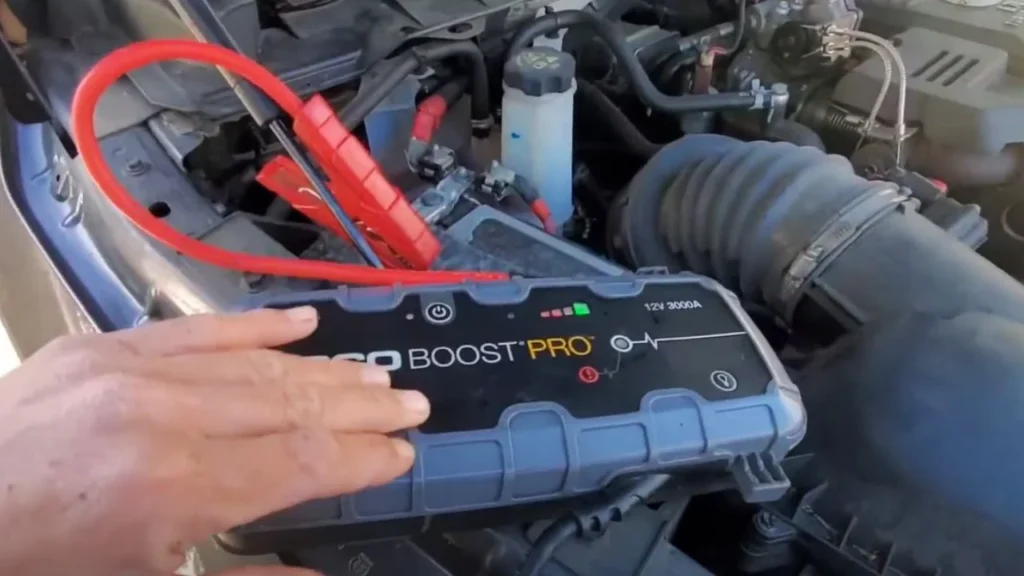
Step 1. Position the Vehicles
- Goal: Make sure both vehicles (the donor and the diesel truck) are positioned close enough so the jumper cables can reach both batteries.
- Important: The vehicles should not touch each other to avoid electrical shocks or short circuits.
- Why This Matters: Ensuring the vehicles are correctly positioned minimizes the risk of cable tension and allows safe and easy connection.
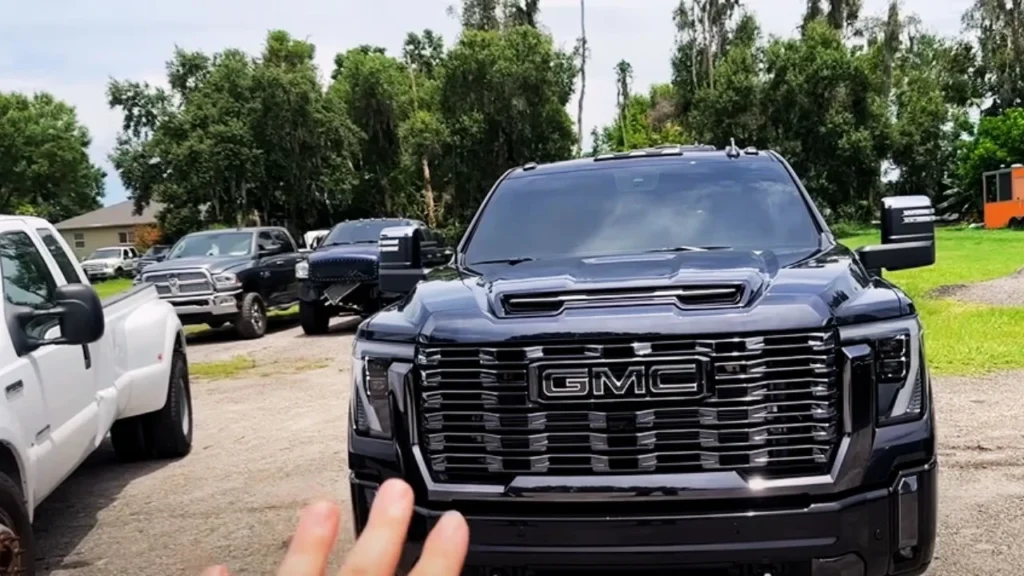
Step 2. Turn Off Both Vehicles
- Goal: Turn off both the donor vehicle and the diesel truck.
- Why This Matters: This prevents any electrical surge that could occur when the cables are connected, protecting both vehicles from damage.

Step 3. Locate the Batteries
- Goal: Open the hood of the diesel truck and identify both batteries. Diesel trucks typically have two 12-volt batteries working together to provide the necessary cranking power.
- Pro Tip: Clean off the battery terminals with a wire brush to ensure good electrical contact.
- Why This Matters: Ensuring clean connections improves electrical transfer between the batteries.
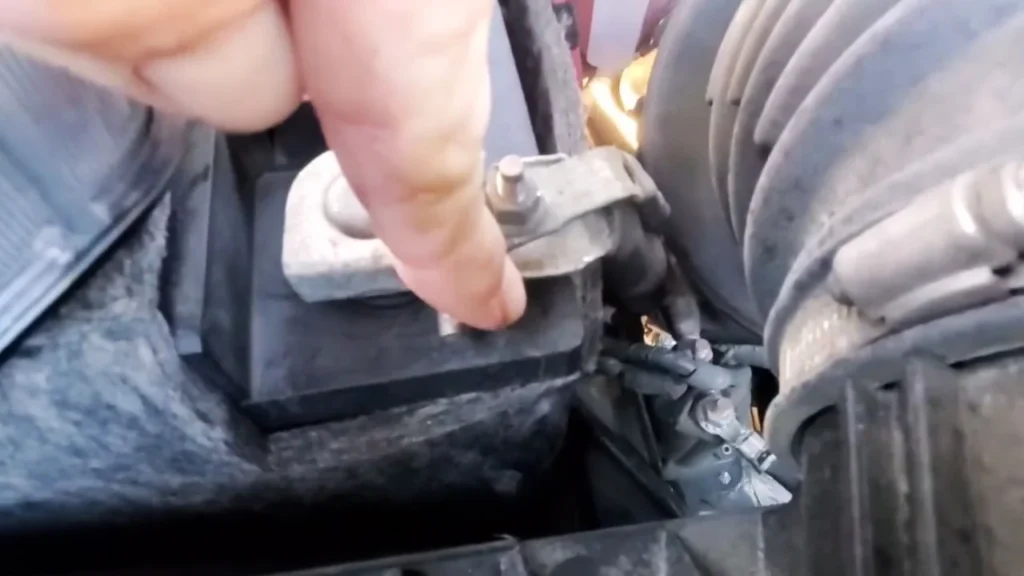
Step 4. Check Battery Voltage
- Goal: Confirm that both the donor vehicle and the diesel truck have the correct voltage. Both vehicles should use 12-volt batteries.
- Why This Matters: If the donor vehicle has a different voltage (for example, a 24V battery), it could damage the diesel truck’s electrical system.
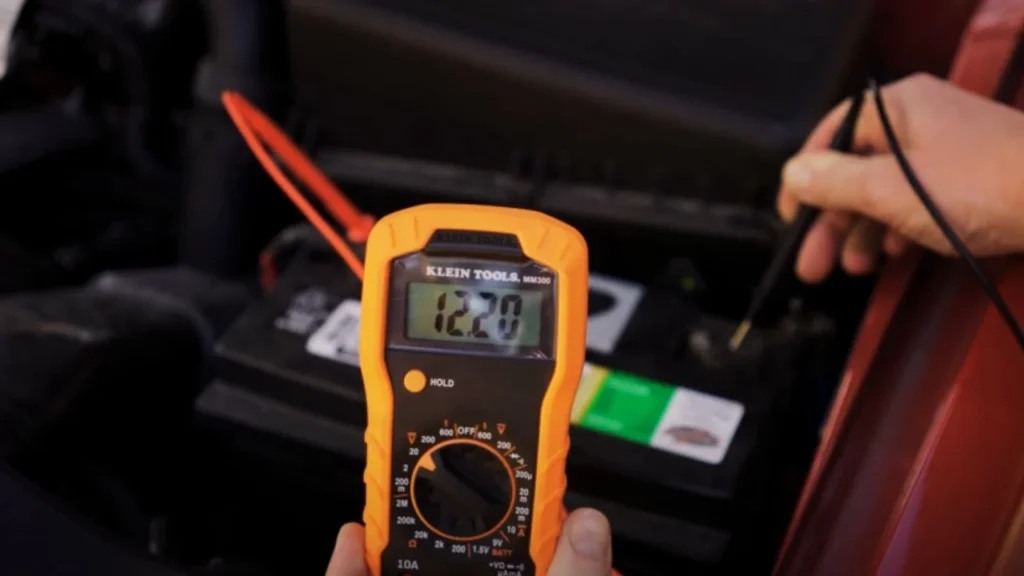
Step 5. Attach the Jumper Cables
- Red (Positive) Jumper Cable:
- Attach one end of the red jumper cable to the positive terminal (marked with a “+” symbol) of the first battery in the diesel truck.
- Connect the other end of the red cable to the positive terminal of the donor vehicle’s battery.
- Black (Negative) Jumper Cable:
- Attach the black cable to the negative terminal of the donor vehicle’s battery.
- Attach the other end of the black cable to an unpainted metal surface on the diesel truck’s engine block. This serves as a ground and reduces the risk of sparking.
- Voltage Considerations: Ensure that both 12V batteries are connected in parallel to provide combined cranking power without overloading any individual battery.
- Why This Matters: Correctly attaching the jumper cables ensures safe electrical transfer and reduces the risk of short circuits.

Step 6. Start the Donor Vehicle
- Goal: Start the donor vehicle and let it run for 5 to 10 minutes to allow its battery to charge the diesel truck’s batteries.
- Voltage Output: A typical car alternator will produce around 13.5 to 14.7 volts, which helps charge the dead batteries of the diesel truck.
- Why This Matters: Letting the donor vehicle run for a few minutes ensures the diesel truck’s batteries get sufficient charge to crank the engine. Understand the process and precautions when jump-starting a 24V system with a 12V battery to prevent system overloads.
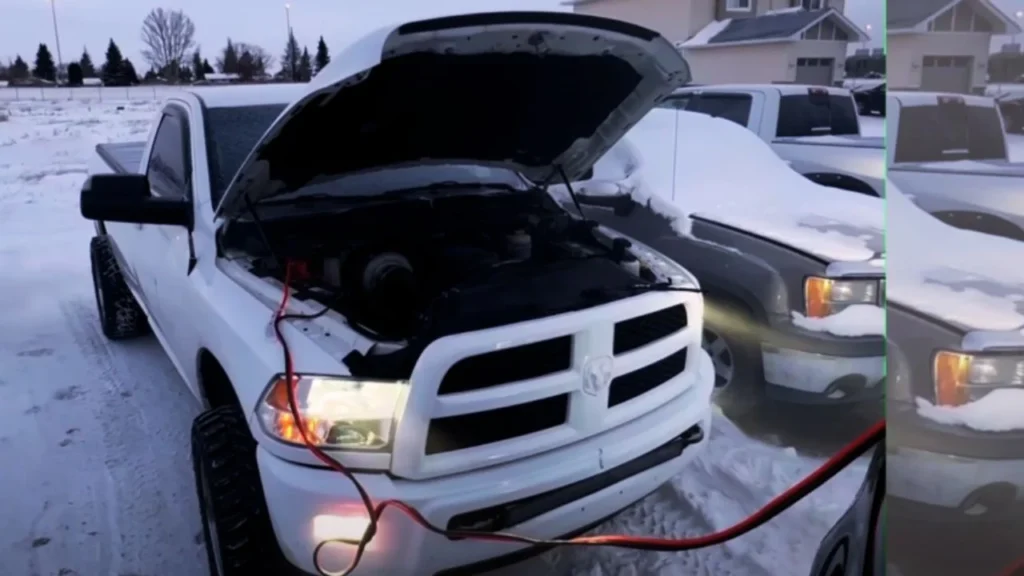
Step 7. Attempt to Start the Diesel Truck
- Goal: After a few minutes of charging, attempt to start the diesel truck. If it doesn’t start immediately, give it an additional 3-5 minutes of charging time.
- Cranking Amps: Diesel engines often require more than 800 to 1,000 cold-cranking amps (CCA) to start, so the longer charging time ensures enough power is transferred.
- Why This Matters: Allowing enough time for charging ensures that the truck’s batteries are adequately powered to crank the diesel engine.

Step 8. If the Truck Doesn’t Start
- Goal: If the diesel truck doesn’t start, check the jumper cable connections to ensure they are securely fastened. You can also try switching the connection to the second battery of the truck, as one battery might be more discharged than the other.
- Troubleshoot: If the truck still doesn’t start, you may need to consider replacing the battery or using a stronger donor vehicle with a higher amperage output.
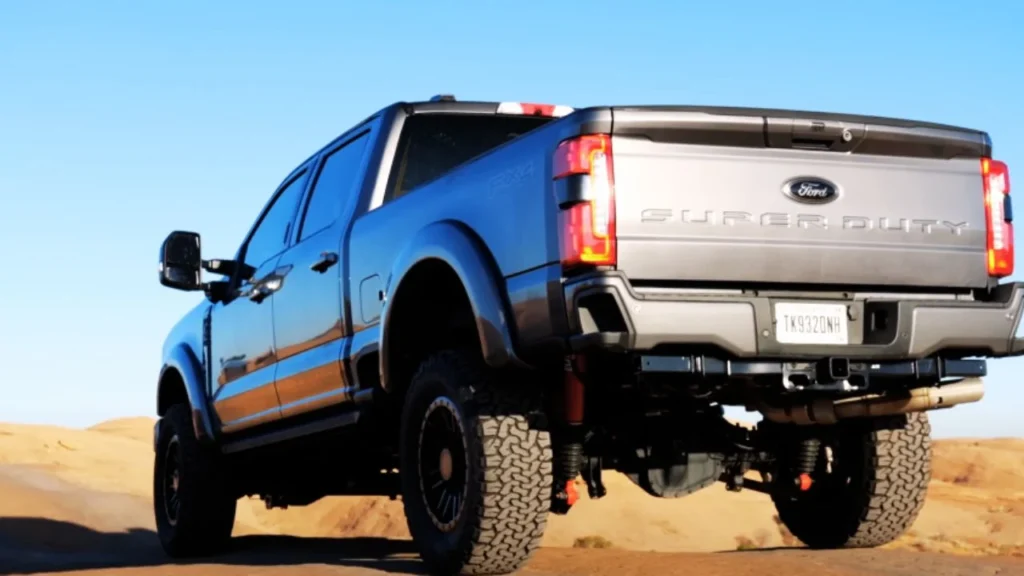
Step 9. Remove the Jumper Cables
- Goal: Once the diesel truck is running, carefully remove the jumper cables in reverse order:
- Remove the black (negative) cable from the diesel truck.
- Remove the black (negative) cable from the donor vehicle.
- Remove the red (positive) cable from the donor vehicle.
- Remove the red (positive) cable from the diesel truck.
- Why This Matters: Removing the cables in the proper order ensures the electrical system remains protected and avoids sparking.
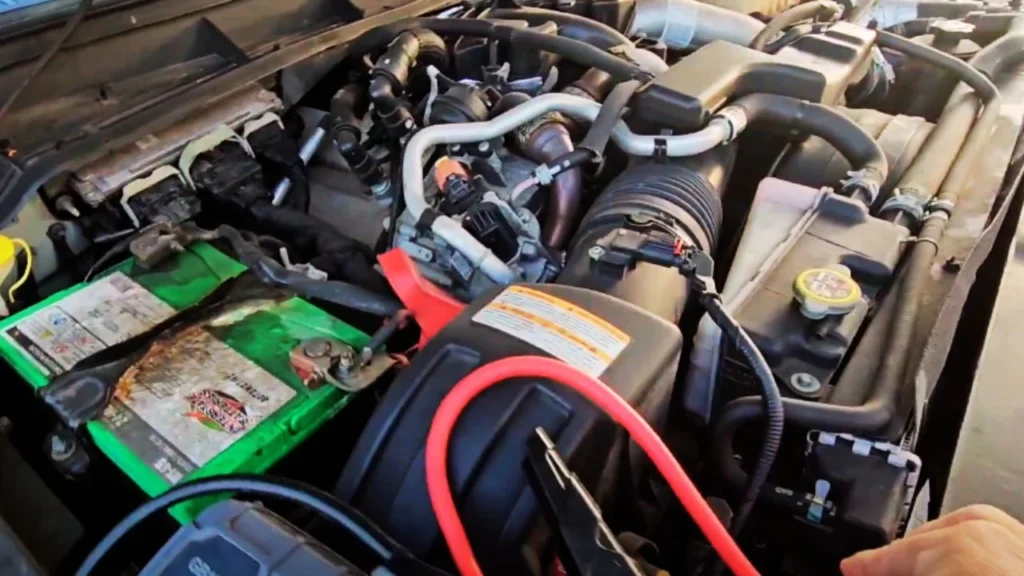
Step 10. Drive the Diesel Truck
- Goal: Once the truck is running, drive it for at least 20 to 30 minutes to allow the alternator to fully recharge the batteries.
- Voltage Monitoring: The alternator should charge the battery at around 14 volts during normal operation.
- Why This Matters: Driving for an extended period ensures that the batteries regain enough charge to prevent the truck from stalling once it’s turned off.

Important Considerations
- Parallel Batteries: The two batteries in the diesel truck are connected in parallel, meaning they share the same voltage (12V) but increase the available current, providing the necessary cranking power for the diesel engine.
- Safety Precautions: Always wear safety gloves and goggles when working with jumper cables to protect yourself from electrical shocks or sparks.
- Avoid Overloading: Using a vehicle with a higher or lower voltage system could potentially damage the batteries and electrical system of your diesel truck. Ensure both vehicles have 12V systems.
By following these expanded steps and ensuring the correct voltages and connections, you can safely and effectively jump-start your diesel truck with two batteries. Explore the best portable marine battery jump starters for reliable performance when you’re out on the water.
What to Do if the Truck Still Doesn’t Start?
If your diesel truck fails to start after following these steps, consider these troubleshooting tips:
- Check the connections: Ensure that the jumper cables are securely attached to the battery terminals and metal surface.
- Try switching batteries: If your truck has two batteries, the dead one might be the other. Try connecting the jumper cables to the second battery instead.
- Battery condition: If the batteries are old or in poor condition, they might not hold a charge. In this case, you might need to replace one or both batteries.
- Donor vehicle power: Ensure that the donor vehicle’s battery has enough charge to jump-start your truck. If the donor battery is weak, it won’t provide sufficient power.
Safety Tips to Keep in Mind
- Avoid sparks: Always connect the negative cable to a metal surface on the engine block, rather than the battery itself, to reduce the risk of sparks near the battery.
- Check for leaks: Before jump-starting, inspect the batteries for any signs of damage, such as leaks or corrosion. A leaking battery should not be jump-started and must be replaced.
- Don’t smoke: Battery fumes are flammable, so avoid smoking or creating sparks near the engine bay during the jump-starting process.
- Use quality cables: Ensure that the jumper cables are in good condition, without exposed wires or damaged clamps.
Wrapping Up!
Jump-starting a diesel truck with two batteries may seem daunting at first, but by following the proper steps, you can safely get your vehicle back on the road. The key is to ensure correct cable connections, allow enough charging time, and take the necessary safety precautions to avoid any mishaps. With this knowledge, you’ll be prepared to handle a dead battery situation confidently.
By understanding how to jump-start your diesel truck properly, you can avoid being stranded and ensure the longevity of your truck’s battery system. Hope so, now you know how to jump start a diesel truck with 2 batteries. Find out which portable car jump starter with air compressor is perfect for emergency roadside assistance.
Ali is a tech enthusiast and automotive aficionado, passionate about sharing insights on the latest innovations and industry trends.

